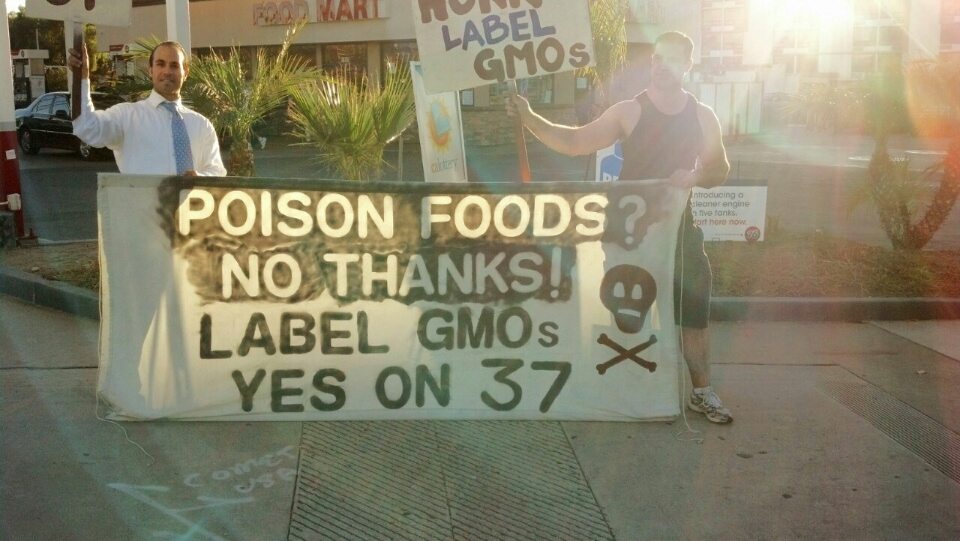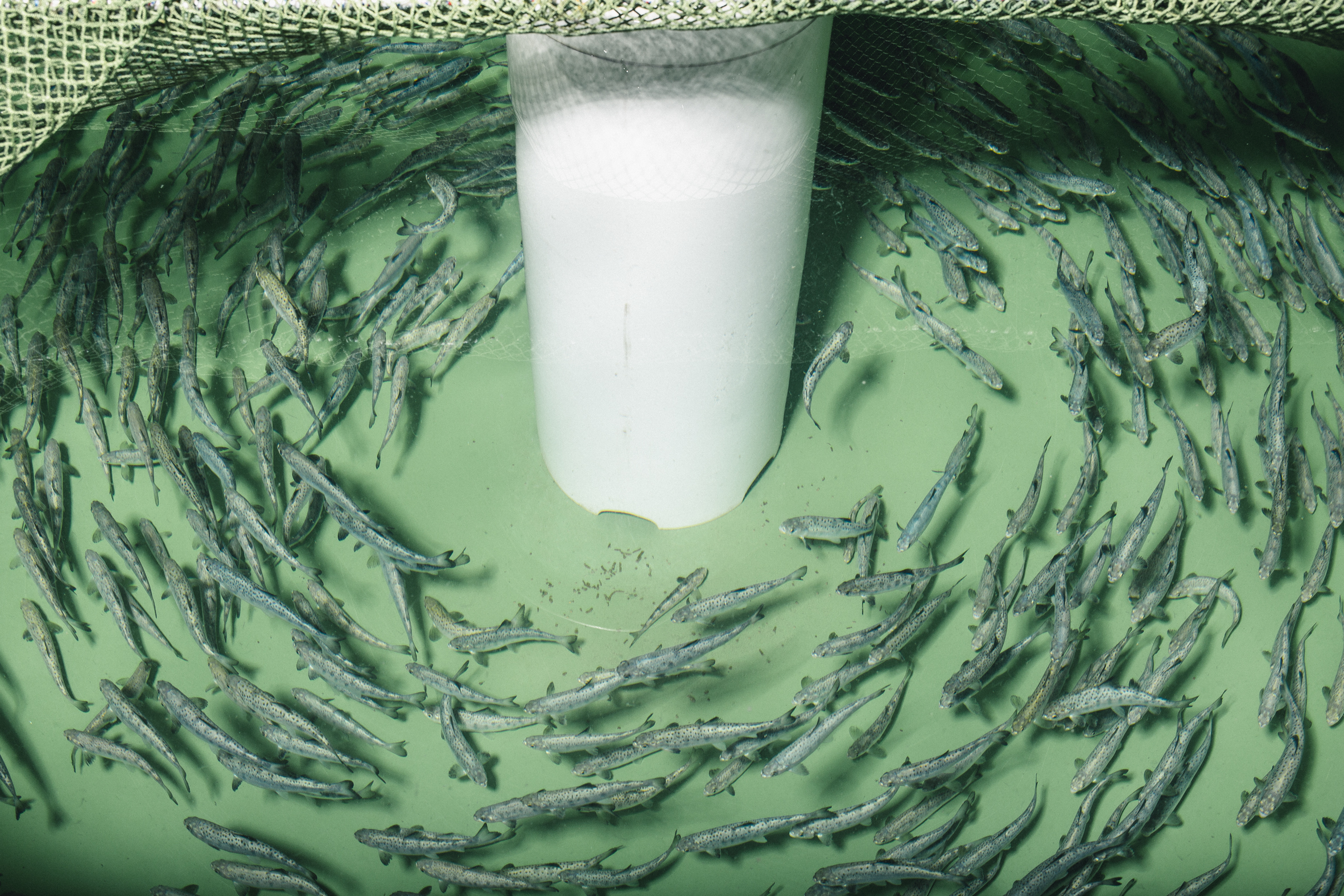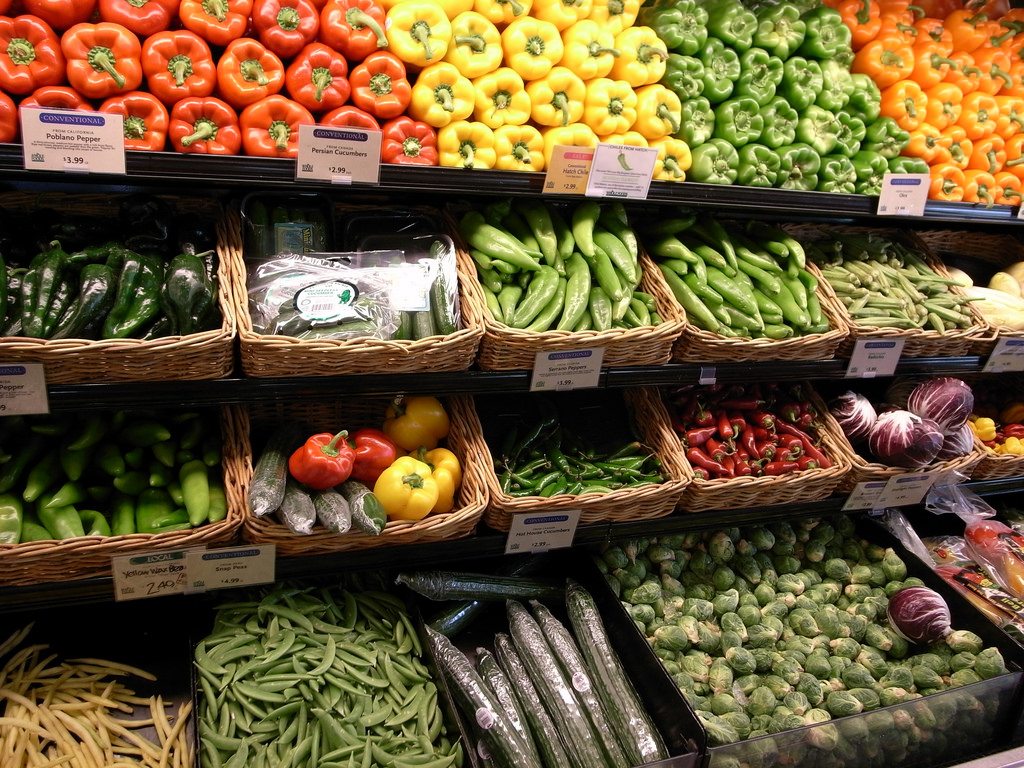So just how bad are the new federal regulations on labeling genetically engineered food?
I don’t think anyone is standing up and cheering The National Bioengineered Food Disclosure Standard (NBFDS), as it’s called, was supposed to replace a potentially expensive and confusing proliferation of statewide standards with a single national standard for labeling GMOs. It does that, or at least it will if it survives the inevitable court challenges it will face. But it also preserves all the muddle, gaps, and inconsistencies about GMO labeling that you might have hoped would be cleared up along the way.
Maybe you were hoping the regs would provide consumers with a consistent, transparent, easy-to-use way to tell which food products contain ingredients whose genes have been meddled with by newfangled technology. Well, as they say in my neck of the woods: Fuhgeddaboudit. Unless the regs change substantially as a result of comments received between now and July 6, that goal is unachievable.
To be fair, I don’t blame the folks at the United States Department of Agriculture’s Agricultural Marketing Service (AMS), who wrote the NBFDS. They were just doing what they had to do: Congress, in the form of Public Law 114-216, told them pretty much exactly what to include in the standard. What Congress’s excuse? That I don’t know. I’m guessing that its members don’t actually care much about GMOs, but no one has the spine to tell voters how they really feel.
This thorny sentence may sound logical, but it presents some huge potential problems—starting with the phrase “contains genetic material.” Consider, for a minute, the 30-plus million tons of sugar beets that go into making sugar each year in the U.S. In the manufacturing process the beets go through, everything but the sugar itself is removed, meaning that (at least in theory), no traces of beet, and certainly not of beet DNA remain. Under the proposed rules, then, sugar from BE beets appears to be exempt from labeling—as are sucrose; dextrose; corn-starch; high-fructose corn syrup; and corn, canola, and soybean oil produced from BE crops.
Then there’s “modified through in vitro recombinant deoxyribonucleic (DNA) techniques,” and the part about whether the modification could be obtained through conventional breeding. That definition captures traditional GMO crops, which were created by implanting the DNA of crop plants with genes from some other organism. For instance Bt corn, designed to resist the European corn borer, is created by adding a gene from the bacterium Bacillus thuringiensis to the DNA of a conventional corn plant. So it’s clearly covered by the regs. Ditto the other currently marketed GMOS.
The most irritating failure of the standard goes back to the old, clumsy division of labor between FDA and USDA, with meat and most seafood falling under USDA jurisdiction—and with each agency stipulating a completely different set of labeling laws.
You’re not likely to believe me if I paraphrase, so here’s what it says in the AMS’s document introducing the NBFDS:
“A multi-ingredient food product that contains broth, stock, water, or similar solution as the first ingredient, and a meat, poultry, or egg product as the second ingredient on the food label would also not be subject to the NBFDS. For example, a canned ham where pork is the primary ingredient followed by other ingredients such as corn syrup, would not be subject to the NBFDS. Although the corn syrup may be bioengineered, because pork, which is subject to the labeling requirements of the Federal Meat Inspection Act, is the predominant ingredient, the product is not subject to the NBFDS, pursuant to the amended Act. If, however, a meat, poultry, or egg ingredient is the third most predominant ingredient, or lower, the food would be subject to the NBFDS. For example, a soup with the following ingredient list—broth, carrots, chicken, etc.—would be subject to disclosure under the NBFDS, and the analysis as to whether it would be considered a ‘bioengineered food’ subject to the NBFDS’s disclosure requirements would continue.”
In short, when you’re at the grocery store, and you see a package that says the product includes BE ingredients, or better yet, you see one of AMS’s adorable smiley-face BE logos, you’ll know there’s something that you would call a GMO inside. But if it doesn’t, you won’t know much of anything. Under the proposed rule, unlabeled products might contain GMO ingredients, or might not—it just depends.
So if you were worrying about the part of the NBFDS that explains how manufacturers can hide their disclosures online and suchlike, save your breath. The disclosures are going to be so screwed up that it almost doesn’t matter whether people read them. Outside certifications like Certified Organic and the Non-GMO project will continue to be the gold standard for people who care.
You can make the case that the failure of the NBFDS won’t make much difference to the welfare of consumer—and I’d be inclined to agree with you. It’s not clear that labeling GMOs has anything to do with food safety, and the other rationales against them are probably too complex to be captured in a simple labeling scheme anyhow.
But it’s the principle of the thing. Stupid regulations cost money, muddy the water, and increase the already-near-fatal bullshit level of life. They’re wrong, and like so many things in public life these days, they display a dangerous and infuriating breakdown if integrity.
I’m not sure we needed a GMO labeling program, but if we’re going to have one, surely we deserve something better than this.











